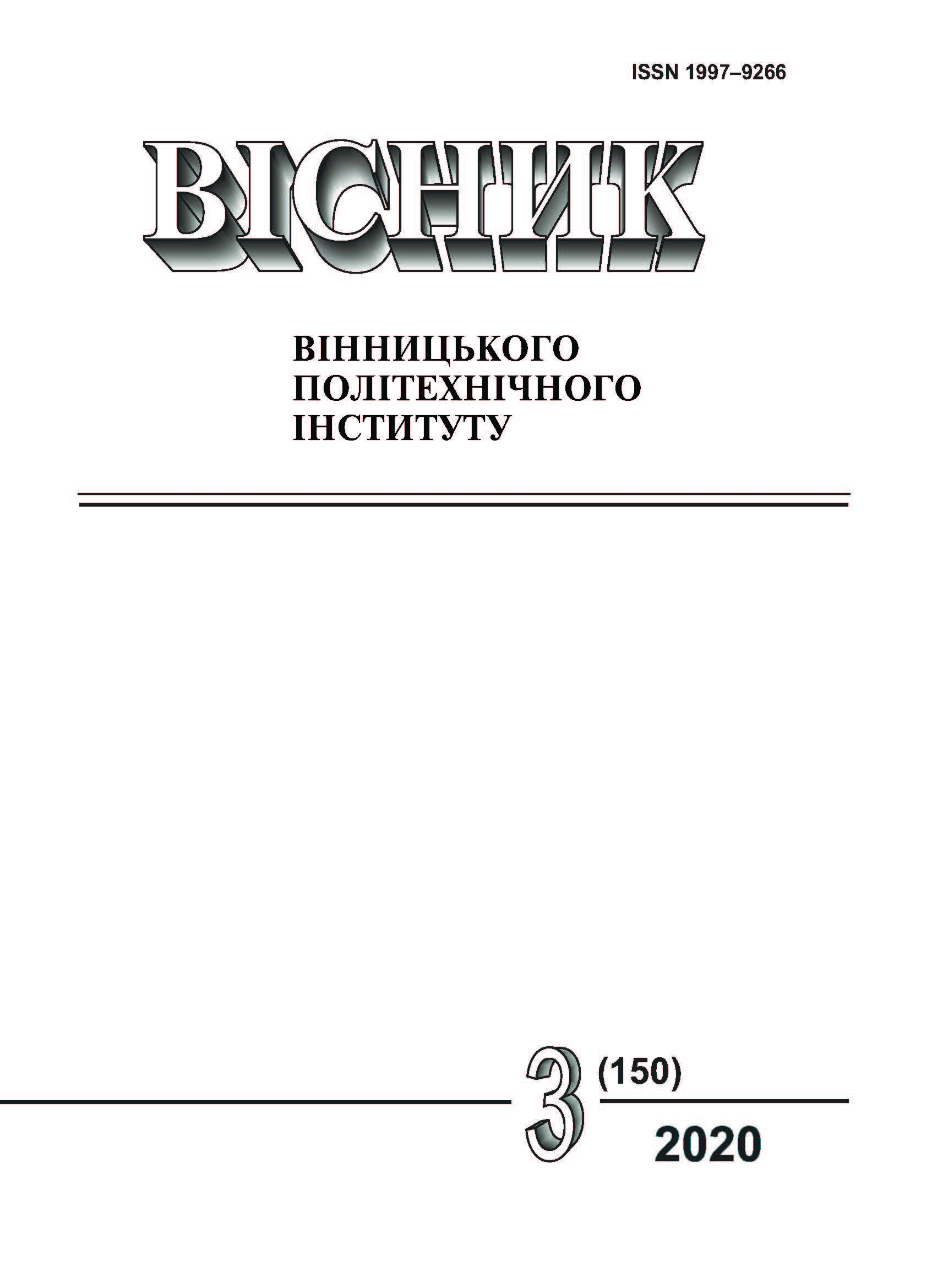Mathematical Model of Forecasting Durability of Bus Bodies and Checking it for Adequacy
DOI:
https://doi.org/10.31649/1997-9266-2020-150-3-81-89Keywords:
bus, mathematical model, durability, body frame, forecastingAbstract
A mathematical model for predicting the durability of bus bodies has been developed. The model allows you to predict the resource of the bus body before the destruction of the elements of the frame framework. The example of the model of predicting the durability of the body of type «Low-entry» bus "Ataman" A092H6 is considered in the work. Factors affecting the durability of the body frame are used in the model: road micro-profile, passenger loading, speed and climate corrosion. The model is based on a system of differential equations describing the transmission of perturbations from the road micro-profile through the tires and suspension to the body frame elements. As a result of previous studies, the problem areas in the body frame elements were identified. Such places are subject to research during modeling. The model works as follows. First, the acceleration in the center of mass of the bus is determined. Then there is a given value of acceleration in cross section of the element under study. Multiplying the obtained acceleration by the given mass in the test section determines the effort. Knowing the cross-sectional area of the element being investigated, the voltage in that element is determined. The cross-sectional area of the body frame elements will be steadily reduced by corrosion. This dependence was obtained experimentally. It is established that the dynamics of reducing the thickness of the walls of the pipe frame will depend on the population of the city where the bus is operated. With the increase in the number of inhabitants, the intensity of corrosion will increase, which will cause a decrease in the thickness of the pipes. After determining the time diagram of the stresses in the element under study, the spectral density is determined, and then, according to the Rice formula, it is possible to determine the time before the fatigue of the element under study. Knowing the speed of movement, you can determine the mileage of the bus to the appearance of fatigue cracks, which determines its durability. The developed model is implemented in the Matlab 2017b software environment. The adequacy of the mathematical model was confirmed by road tests of the A092H6 bus, in which the stresses in the elements to be simulated were determined.
References
О. З. Горбай, К. Е. Голенко, і Л. В. Крайник, Міцність та пасивна безпека автобусних кузовів, монографія. Львів, Україна: вид-во Львівської політехніки, 2013, 276 с.
С. В. Звонарев, Основы математического моделирования, учеб. пос. Екатеринбург, Россия: изд-во Урал. ун-та, 2019, 112 с.
Dassault Systèmes Solid Works Corporation, 2020. URL: https://www.solidworks.com/ (Last accessed: 10.03.2020).
E. M. Alawadhi, Finite Element Simulations Using ANSYS CRC Press, Taylor & Francis Group, 2014, 408 p.
Math. Graphics. Programming. 2020. URL: https://www.matlab.com/ (Last accessed: 10.03.2020).
Д. П. Рубан, і Л. В. Крайник, «Методологія прогностичної оцінки ресурсної довговічності автобусів,» Сучасні технології в машинобудуванні та транспорті, № 2 (11), Луцьк, 2018.
Д. П. Рубан, Л. В. Крайник, і Г. Я. Рубан, «Оцінка впливу введення площадок низького входу «low-entry» в структуру несівного кузова на ресурсні характеристики автобуса в експлуатації,» Автомобільний транспорт, № 43, с. 31-35, Харків, 2018.
Правила дорожнього руху. 2020. [Електронний ресурс] Режим доступу: https://vodiy.ua/pdr/ . Останнє звернення: 10.03.2020.
А. А. Силаев, Спектральная теория подрессоривания транспортных машин, 2-е изд. переработ. и доп. Москва: Машиностроение, 1972, 192 с.
А. А. Хачатуров, Динамика системы «дорога–шина–автомобиль–дорога». Москва: Машиностроение, 1976. 535 с.
І. І. Кельман, Основи забезпечення системної ефективності експлуатаційних властивостей автобусів. Львів, Україна: вид. Мета, 2001, 200 с.
В. И. Похмурский, Коррозионная усталость металлов. Москва: Металлургия – Автодата, 1985, 207 с.
Д. П. Рубан, Л. В. Крайник, і Г. Я. Рубан, «Оцінка впливу корозії автобуса на фізичну міцність несівних елементів,» в Матеріали V Міжнародної науково-практичної Інтернет-конференції: Сучасні технології та перспективи розвитку автомобільного транспорту, Вінниця, 2018, с. 60-64.
Arduino. 2020. URL: https://www.arduino.cc/ (Last accessed: 11.03.2020).
Харви Дейтел, Пол Дейтел. (2000) Как программировать на С. Москва, Россия: ЗАО «Издательство БИНОМ», 2000, 1008 с.
О. В. Житенко, і Л. В. Крайник, «Динаміка коливань і компонування автовоза,» Динаміка і міцність машин. Вісн. Нац. ун-ту «Львівська політехніка», № 588, с. 31-35, 2007.
М. Ф. Бур’ян, і М. Ф. Боднар, «Оцінка плавності руху автобуса методом моделювання у системі Matlab/Simulink,» Динаміка, міцність та проектування машин і приладів: Вісн. Нац. ун-ту «Львівська політехніка», № 838, с. 115-120, 2016.
Я. М. Певзнер, і A. A. Тихонов, «Исследование статистических свойств микропрофиля основных типов дорог,» Автомобильная промышленность, № 1, с. 15-18, 1964.
В. Л. Райхер, «Гипотеза спектрального суммирования и её применение к определению усталостной долговечности при действии случайных нагрузок,» Пробл. надежности в строительной механике. Вильнюс, 1968, с. 267-263.
В. Т. Трощенко, и В. А. Сосновский, Сопротивление усталости металлов и сплавов, справ., ч. 1. Москва: Материаловедение, 1987.
Downloads
-
PDF (Українська)
Downloads: 163
Published
How to Cite
Issue
Section
License
Authors who publish with this journal agree to the following terms:
- Authors retain copyright and grant the journal right of first publication.
- Authors are able to enter into separate, additional contractual arrangements for the non-exclusive distribution of the journal's published version of the work (e.g., post it to an institutional repository or publish it in a book), with an acknowledgment of its initial publication in this journal.
- Authors are permitted and encouraged to post their work online (e.g., in institutional repositories or on their website) prior to and during the submission process, as it can lead to productive exchanges, as well as earlier and greater citation of published work (See The Effect of Open Access).





